
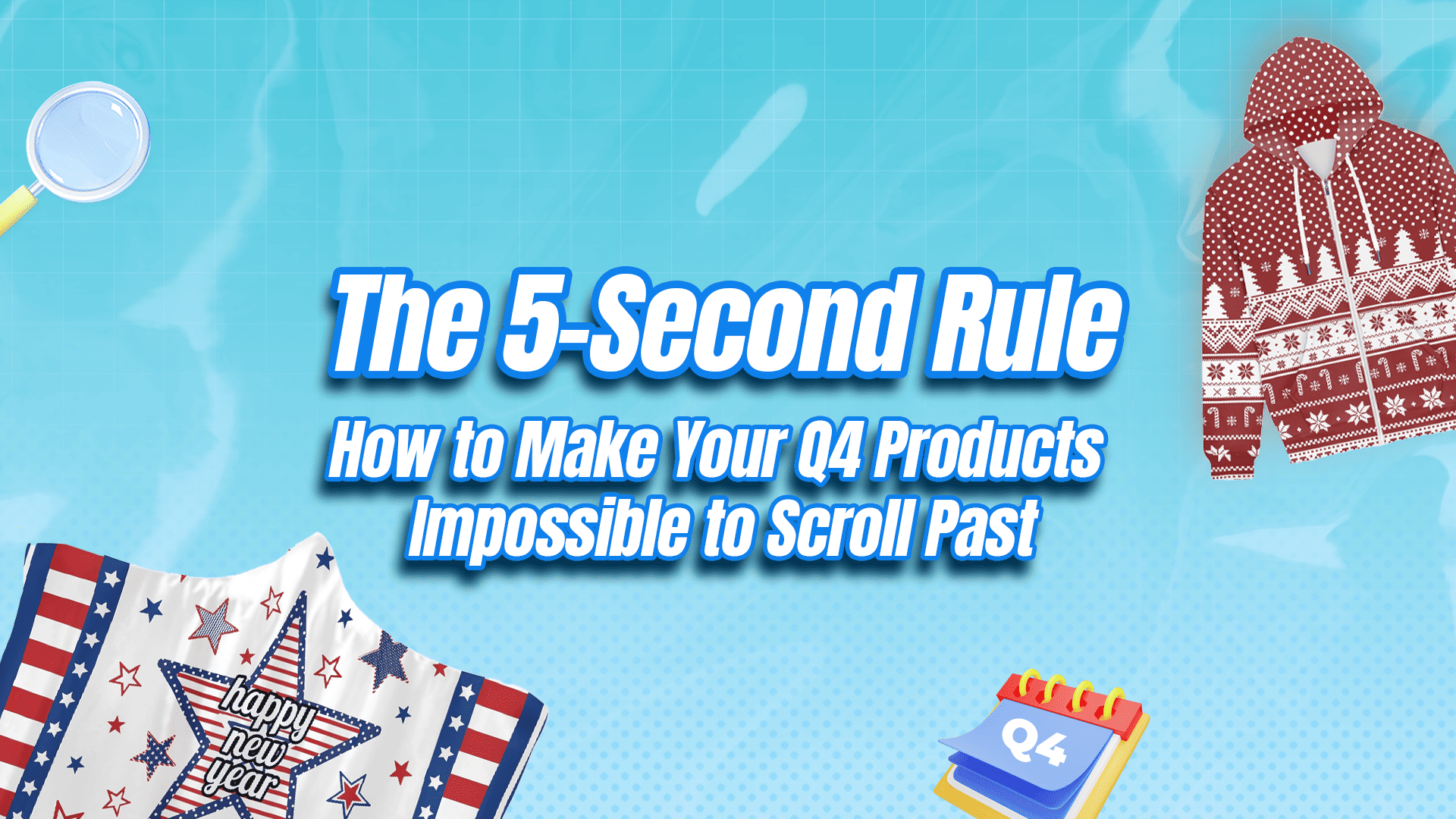
Here's something that keeps me up at night: last year during Q4, I watched our best-selling ornament design—one that had beautiful details, perfect personalization, everything—get only 2% engagement on social media.
Meanwhile, a doormat photo that I honestly thought was just "okay" went viral. 47,000 shares. Sold out in 3 days.
What was the difference?
It wasn't the product. It wasn't the price. It wasn't even the design quality.
It was the 5 seconds that decided everything.
Let me paint you a picture of what we're up against this Q4.
According to Adobe Analytics, U.S. online holiday sales hit $241.4 billion in 2024—that's an 8.7% jump from the year before. And here's the kicker: Cyber Week alone brought in $314.9 billion globally, pushing total holiday ecommerce to $1.2 trillion worldwide.
That's a LOT of money flying around. And everyone—I mean everyone—wants a piece of it.
Your potential customers are scrolling through hundreds of posts every single day. According to recent studies, posts with images get 650% higher engagement than text-only posts. But here's what nobody tells you: having an image isn't enough anymore.
You have roughly 5 seconds to make someone stop scrolling.
Five. Seconds.
That's it. That's your window to turn a mindless scroller into a "wait, I need this" buyer.
So how do we do it? Let me show you what actually works—not theory, but real strategies I've tested with our products at GearLaunch.
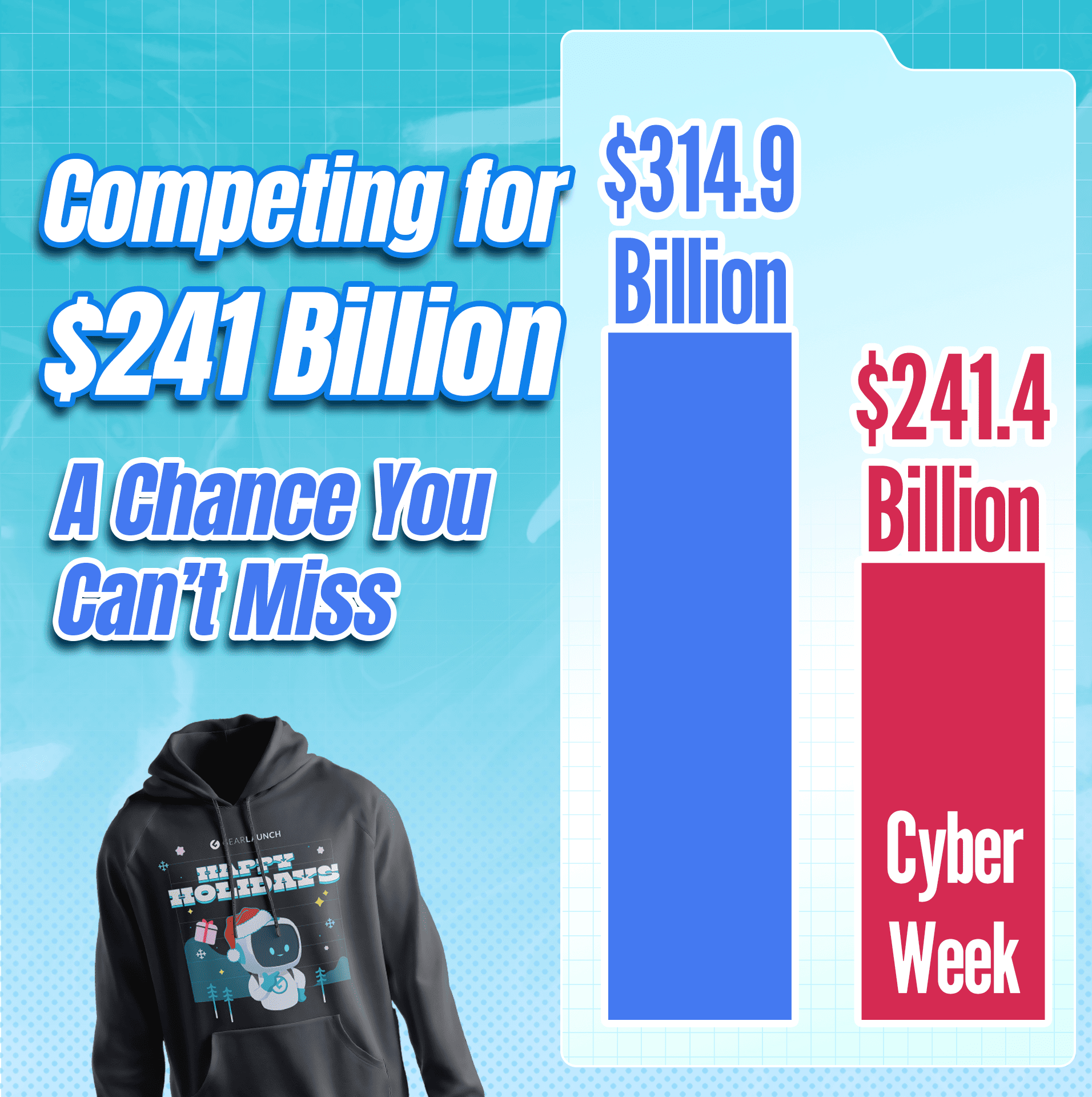
Remember that viral doormat I mentioned? Here's what made it work:
It wasn't a perfect flat-lay on a white background (boring). It wasn't a mockup (seen it a thousand times).
It was a split-screen: LEFT side showed a plain, sad-looking front door. RIGHT side showed the same door—but now with our personalized doormat, a wreath, and warm lighting from inside the house.
Transformation in one frame.
The caption? "Finally feels like home."
That's it. No fancy copywriting. No discount codes screaming at you. Just a visual story that made you feel something in under 3 seconds.
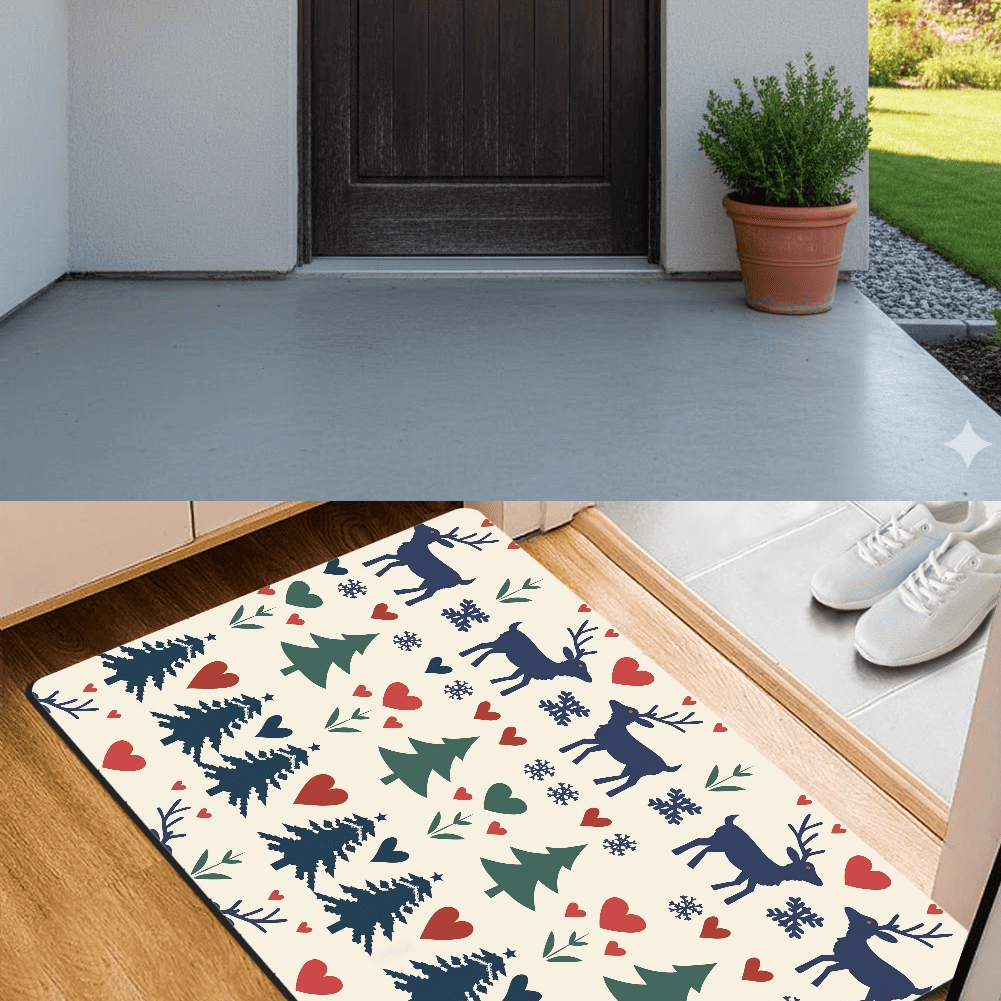
Our brains process visual information 60,000 times faster than text. But more importantly, we're wired to notice:
Let me break down what I've learned works for each Q4 product category:
Don't do this: Ornament hanging on a plain background.
Do this instead: Extreme close-up of the ornament's texture (you can almost feel the material) + a second image showing it on a real tree with twinkling lights in the background, maybe a hand reaching to touch it.
I tested this with our personalized family ornaments last season. The close-up shot alone got 3x more saves on Pinterest than our standard product photos. Why? Because people could imagine the weight of it, the quality of the print, the moment of opening it.

Don't do this: Folded blanket on a bed.
Do this instead: Someone wrapped in your blanket (you can only see their hands holding a mug), sitting in a window seat with rain in the background. Or better yet—a boomerang of someone pulling the blanket up under their chin.
The motion is KEY here. Remember: videos are shared 12 times more than links or text combined. Even a simple boomerang (2 seconds of looped motion) can stop a scroll.
One of our sellers sent me a photo she took with just her iPhone—her daughter curled up in our personalized blanket with their dog, reading a book. Natural light from the window. No staging, no perfection. That image converted at 11% on Facebook ads. Our professional product shots? 2.3%.
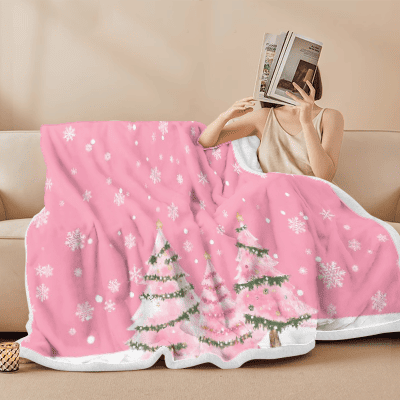
Don't do this: Top-down photo of the doormat.
Do this instead: POV shot—like you're walking up to the door for the first time. Even better: a short video of a door opening (you see the doormat from the visitor's perspective), then cut to the homeowner's smiling face.
I'm telling you, the doormat category LIVES for this angle. Why? Because doormats aren't really about the product—they're about the feeling of "this is MY space, MY personality, MY home." Show that emotion.
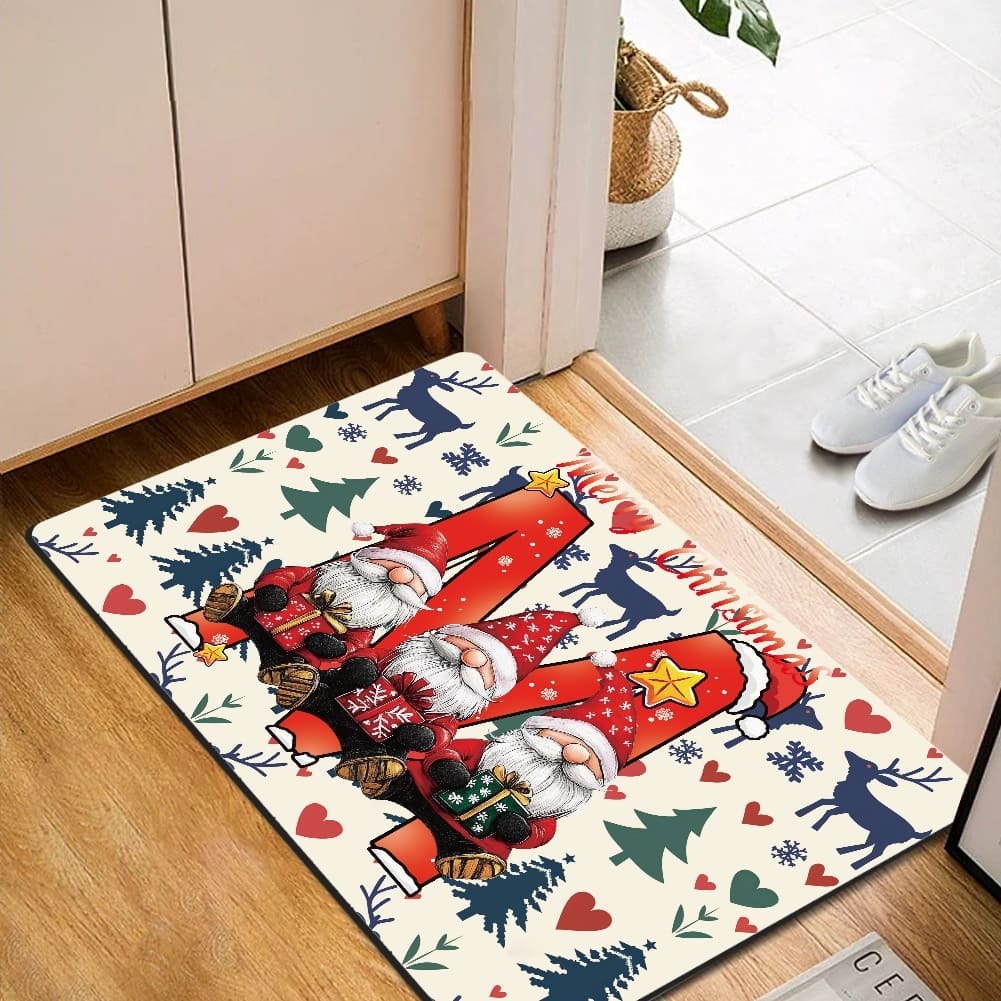
Don't do this: Model standing still, arms at sides, looking at camera.
Do this instead: Mid-motion shots. Someone pulling the hood up. Hands in pockets, walking. A parent and kid in matching hoodies doing something together (baking, playing, whatever).
Here's a secret: people don't buy hoodies because they need another hoodie. They buy them for the moment they imagine having while wearing it. Show them that moment.
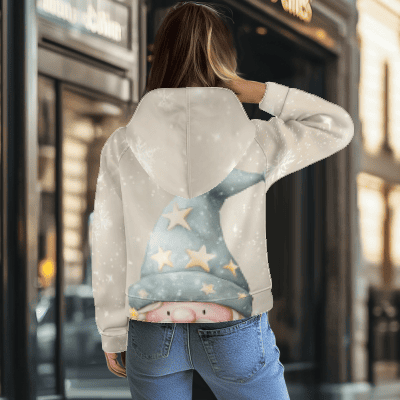
I know this sounds simple, but trust me on this one.
Don't do this: Empty mug on a table.
Do this instead: Mug filled with hot coffee (steam visible), hands wrapped around it, morning light.
Even better—add one small unexpected detail: a cat in the blurry background, a messy desk that says "real life," an open book next to it.
The mug becomes part of a ritual, not just a container. THAT'S what sells.
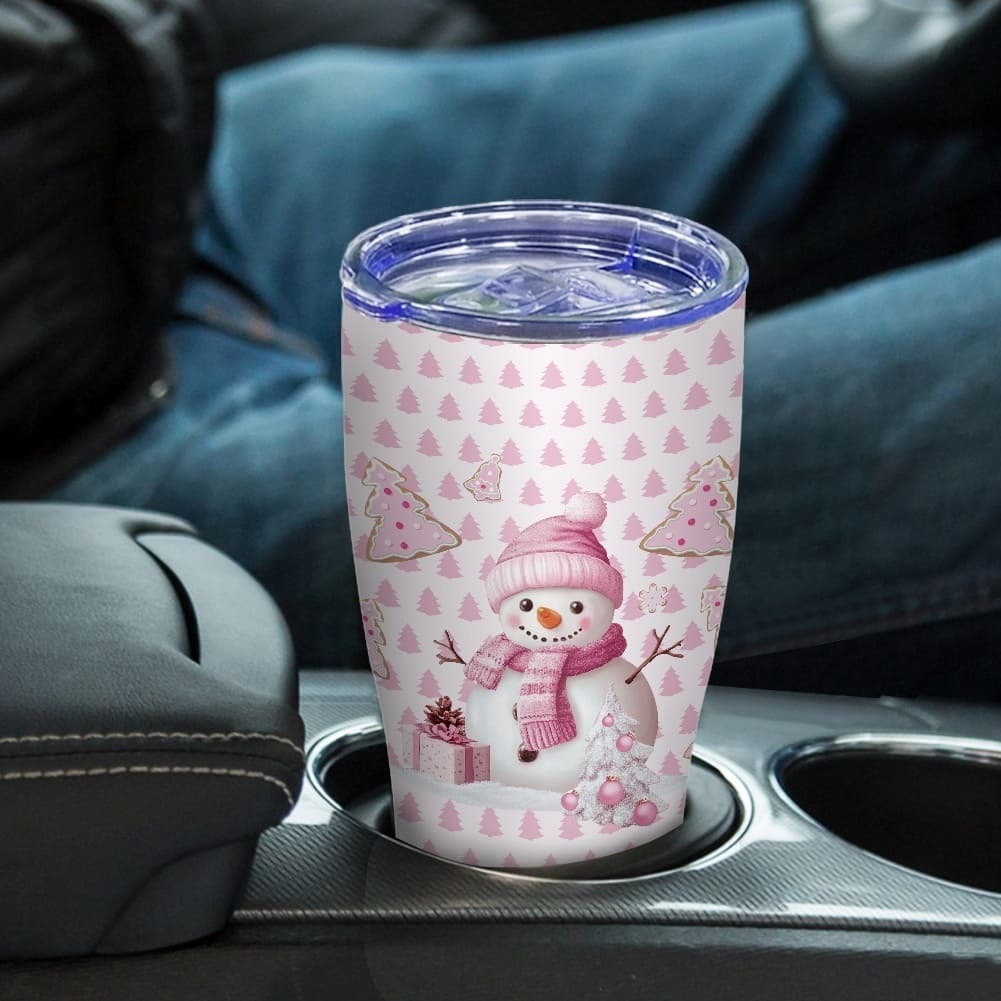
Okay, real talk: I used to think user-generated content was just a nice bonus. Like, "oh cool, a customer posted a photo, let's share it!"
I was so, so wrong.
Here's what changed my mind: Research shows that 84% of consumers trust peer recommendations over traditional advertising. And get this—UGC is 8.7 times more powerful than influencer content.
Let me say that again: Your customers' photos are ALMOST 9X MORE POWERFUL than paying an influencer.
Last Q4, we ran a simple campaign called "Show Us Your Setup." We asked customers to post photos of our products in their actual homes using #GearLaunchHome (not the real hashtag we used, but you get the idea).
We didn't offer a discount. We didn't promise a giveaway. We just asked.
217 people posted within the first week.
We took those photos (with permission), turned them into carousel posts, and used them in our ads. Our cost per purchase dropped by 34%. Our click-through rate doubled.
Why? Because people saw REAL homes. REAL families. REAL unfiltered moments. Not another perfect influencer post.
Here's my framework for Q4 UGC strategy (and yes, this works even if you're just starting):
For Ornaments: Run a "First Ornament on the Tree" campaign. People are PROUD of decorating their trees. They want to share. Give them a reason.
For Blankets: Create a "Cozy Night In" hashtag. Ask people to show their setup—blanket + whatever makes them happy (book, movie, pet, partner, kids).
For Doormats: This one's gold—"Welcome Home Reveal." People love showing off their home's personality. A new doormat is an easy win.
For Hoodies: "Match My Vibe" or "Twinning Moments" for family matching sets. Parents eat this up.
For Mugs: "First Sip Saturday" or "Morning Ritual." People photograph their coffee anyway—give them a reason to tag you.
Getting UGC is step one. Here's step two that most people skip:
I track every piece of UGC we receive in a simple spreadsheet. Date received, product, permission status, where we've used it. This turns random posts into an actual content library you can pull from all season long.
Let's talk platforms for a second because not all content works everywhere (and this is where I see people waste SO much time).
Short-form video is KING for Q4 impulse buys. But here's the thing—people are smart. They can smell an ad a mile away.
What works: Reaction-style unboxing.
Show your product arriving. Show genuine surprise at the quality. Show the details up close. Maybe show a small "flaw" that actually makes it more real (like "okay the packaging was a little crumpled but look at this QUALITY").
Length: 7-15 seconds max. Any longer and you lose them.
Music: Trending sounds always win. Always.
One of our sellers did a 9-second video of her mom opening a personalized ornament. Her mom cried. That video got 2.3 million views. We sold 400 ornaments directly from that one video.
You can't fake genuine emotion.
Instagram is where people go to dream. To save. To plan.
Carousel posts perform incredibly well here—especially for Q4 gift ideas. Why? Because people LOVE to swipe. It feels interactive without being overwhelming.
My formula:
Make each slide visually distinct. Different colors, different compositions. Give people a reason to keep swiping.
Listen, Pinterest is still MASSIVELY underrated for Q4. Why? Because 49% of consumers trust online reviews as much as personal recommendations from family and friends—and Pinterest is essentially a crowdsourced recommendation engine.
What works here: Vertical pins (1000x1500px) with text overlay.
Example: "15 Personalized Christmas Gifts Under $30" with a grid of your products.
Or: "Cozy Home Must-Haves for Winter" with lifestyle shots.
The secret? Create these in October. Pinterest needs time to circulate content. The pins you post NOW are the ones that'll perform in November-December.
Facebook's engagement is different. The algorithm LOVES conversation.
Instead of "Buy this ornament," try: "Which design speaks to you? 🎄 A, B, or C? Comment below!"
People love giving opinions. They'll comment. Their friends will see it. Suddenly your product is in front of a whole new audience—without spending a dime on ads.
I did this last year with doormat designs. Simple poll: "Which doormat matches YOUR vibe?"
1,400 comments. Organic reach of 47,000. Zero ad spend.
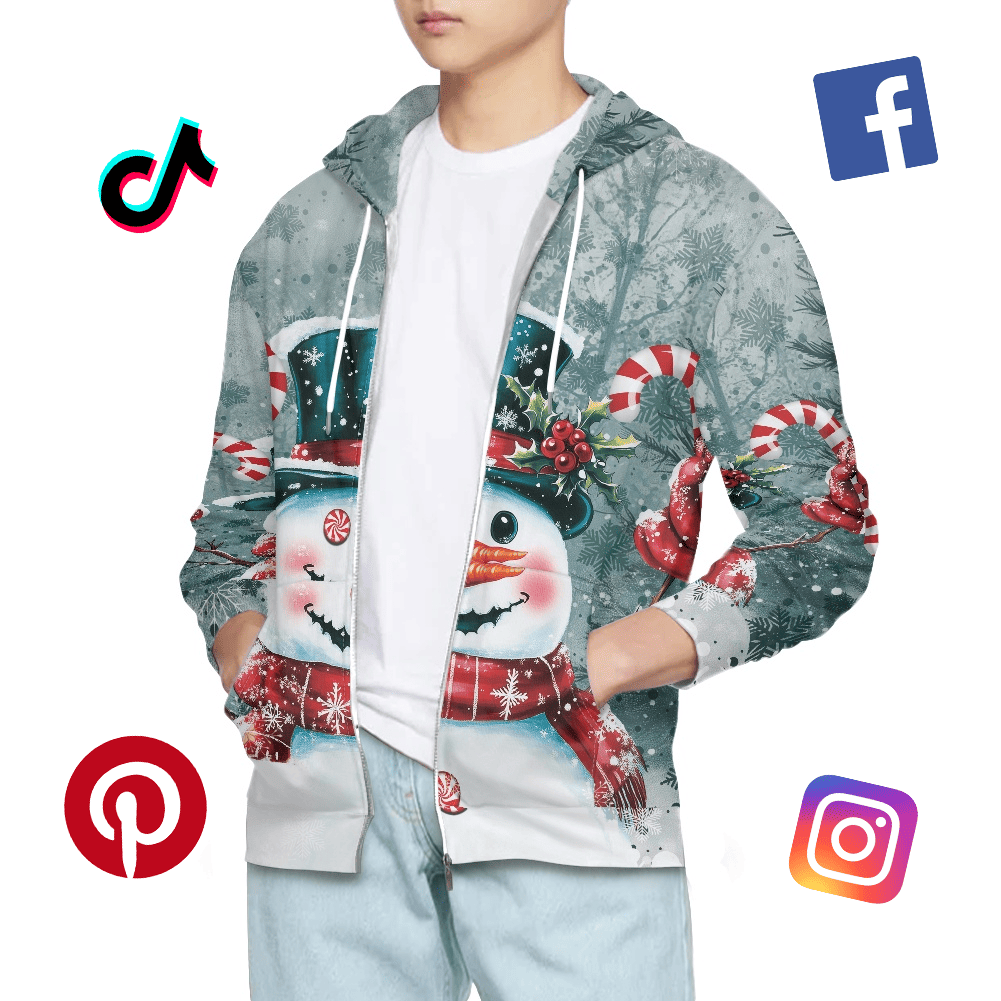
Here's where most people fail: they treat each platform like an island.
You post something on Instagram. Then you post something totally different on TikTok. Then Pinterest gets leftover content from 3 weeks ago.
No strategy. No connection.
Here's what I do instead—and this is honestly the framework that changed everything for me:
Take ONE product. ONE customer story. ONE key message.
Then adapt it:
Same message. Different delivery. Each platform gets native content but it all ladders up to the same product.
Example from last season:
Product: Personalized family blanket Story: "The one gift the whole family actually fought over" Message: Quality time together matters
See how that works? It's not about posting MORE—it's about posting SMARTER.

I've made every mistake in the book. Let me save you some pain:
That perfectly lit, white-background product photo? Great for your website. Terrible for social media.
It doesn't stop scrolls. It doesn't tell stories. It looks like every other product trying to get attention.
Solution: Create lifestyle shots even if they're imperfect. iPhone photos in natural light beat professional shots with no context.
Posting a photo with the caption "New design available!" is like throwing your money in a river.
Nobody cares that you have a new design. They care about how that design makes them FEEL or what problem it solves.
Solution: Every post needs a hook. A question. A story. An emotion. THEN the product.
I used to spend hours editing photos, writing the perfect caption, scheduling for the "optimal" time.
You know what happened? I posted once a week and got minimal traction.
Now? I post 4-5 times a week with "good enough" content. My engagement is 3x higher.
Solution: B+ content posted consistently beats A+ content posted rarely.
You post something. People comment. You... don't reply?
That's like someone walking into your store, asking a question, and you just staring at them silently.
Solution: Reply to EVERY comment in the first hour. The algorithm notices. So do potential customers.
Can I be honest with you for a second?
Q4 is chaos.
You're going to feel overwhelmed. Your competitors will launch something that makes you panic. You'll post something you think is brilliant and it'll flop. You'll post something last-minute and it'll go viral.
That's just how it goes.
But here's what I've learned after doing this for years:
The brands that win Q4 aren't the ones with the biggest budgets or the perfect strategies.
They're the ones that stay human.
They tell real stories. They share real photos. They respond to real comments. They remember that behind every scroll, there's a person trying to find the perfect gift for someone they love.
Your ornament isn't just an ornament. It's a memory waiting to happen.
Your blanket isn't just a blanket. It's movie nights and sick days and cozy Sundays.
Your doormat isn't just a doormat. It's the first thing guests see. The last thing you notice before you step inside to safety.
That's what you're selling. Not products. Moments.
And if you can capture that in 5 seconds of scroll-stopping content? You're going to have an amazing Q4.
Okay, you've read this far. That means you're serious. Here's exactly what to do this week:
Day 1-2: Audit your existing product photos. Do they tell stories or just show products? If they just show products, schedule a quick photoshoot (yes, iPhone is fine) with lifestyle context.
Day 3: Create one piece of UGC-worthy content for your best-selling Q4 product. Make it so good a customer would want to recreate it.
Day 4: Adapt that content into 4 platform-specific versions (TikTok, Instagram, Pinterest, Facebook).
Day 5: Launch a simple UGC campaign. Pick ONE product, ONE hashtag, ONE ask.
Day 6: Schedule your content for the week using the "One Story, Four Formats" approach.
Day 7: Reply to every comment, DM, and email you get. Build those relationships.
That's it. Seven days. No overwhelm. Just action.
Remember that doormat that went viral? The one that started this whole conversation?
You want to know the craziest part?
The photo was taken by the customer. Not me. Not a professional. Just a woman who was excited about her new house and wanted to share it.
She used her iPhone. Natural lighting. Genuine smile.
And it changed our entire Q4.
That's the power of content that connects. That's what I want for you this holiday season.
Not perfect. Not polished. Just real.
Now go make something that stops scrolls.
You've got this.

